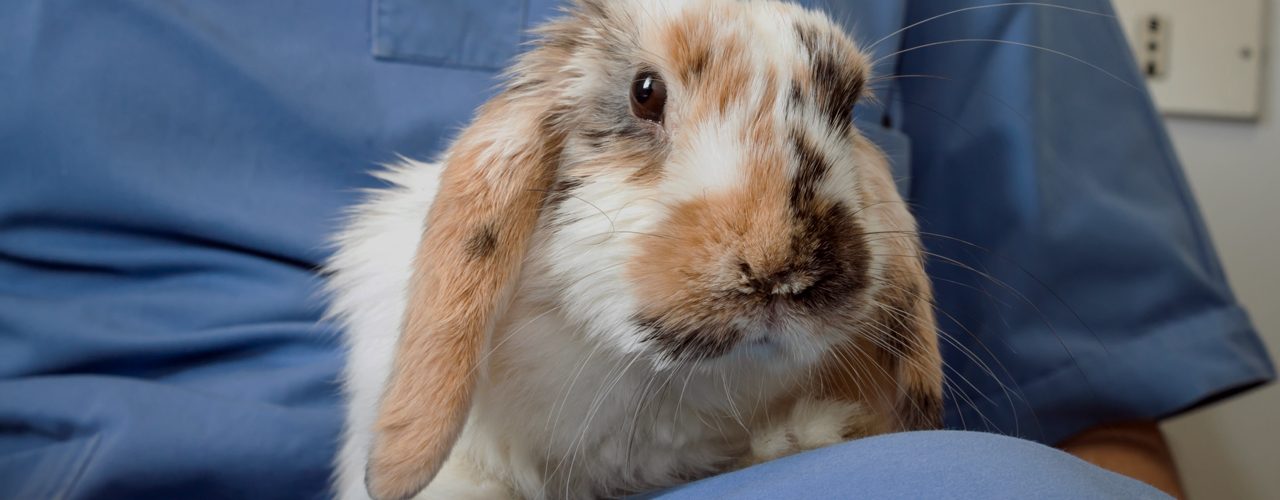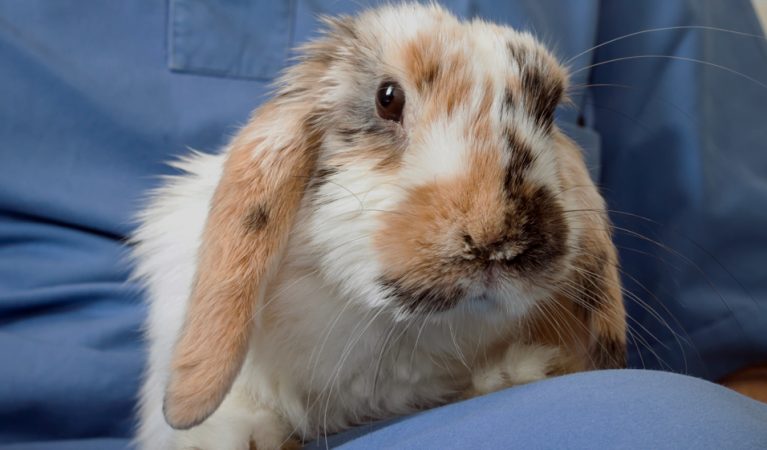
Act Now to prevent Bunny Heart-Break
Often on the insistence of a child, a new rabbit arrives with a hutch (hopefully with a run), food and toys, but regrettably little, if any, information on the upkeep of its long-term health.
Sadly, many pet rabbits end up becoming unwell and it is heart-breaking for many to discover that the much loved family rabbit has contracted an untreatable infection and needs to be put to sleep.
The owner’s lack of knowledge about the rabbit is compounded by the unfounded perception that a rabbit that doesn’t come into contact with other rabbits is unlikely to contract any horrible infections. Unfortunately this isn’t true and rabbits are prone to infectious diseases. The two most crucial infections that a rabbit might contract are Myxomatosis and Rabbit Haemorrhagic Disease (RHD). Both diseases are caused by viruses, implying that they cannot be treated by antibiotics like many bacterial infections. Sadly, both often prove to be fatal.
Myxomatosis is the most dangerous infectious disease that a rabbit can catch. The disease is transmitted by insects, such as like mosquitos and fl eas, from other infected wild or domestic rabbits. Myxomatosis can be so overwhelming that it may not allow the rabbit time to display any symptoms: a previously apparently healthy rabbit may be found dead or flip and die instantly.
But, the most common symptom is the rabbit slowing down, followed by swelling of the eyelids, ears and genitals. Less common and slow progressing form of the disease is manifested by lumps developing in the skin all over the body. Unfortunately, in spite of the best possible intensive veterinary care, most rabbits do not recover and need to be put to sleep.
Rabbit Haemorrhagic Disease (RHD), is also a deadly disease, which progresses more ferociously and leads to rapid death. Symptoms may include redness of the inner aspects of eyelids (conjunctivitis) before succumbing to death. The disease is transmitted through direct contact with infected domestic or wild rabbits, or through infected bedding, utensils food, water etc. It can also be carried by wind. The diagnosis of the disease is often made by post-mortem observation of bleeding from the nose and occasionally from other body orifices.
Fortunately, both the above described diseases can effectively be prevented through timely vaccination. At ‘Sunrise’ we use a single injection covering both the dreadful disease, which needs to be repeated yearly to keep the immunity up to the mark.
Rabbits can be vaccinated from fi ve weeks of age. Those that have never been vaccinated can be vaccinated any time, and best performed before the onset of Spring to ensure they are fully protected before the populations of biting insects may begin to rise.
Some rabbits also tend to succumb to serious effects of protozoan infection caused by Encephalitozoon Cuniculi , which often turns out to be fatal when the brain is affected leading to severe neurological signs like head tilt and convulsions. This condition is hard to treat and often proves fatal. However, it is possible to prevent this condition from developing by treating the rabbit with a specifi c medication at regular intervals.
If a bunny becomes unwell, it is likely that the owner will seek veterinary help, but a visit to the vets with an infection like the ones listed above is likely to be a waste of time and will certainly cost more than the preventive vaccination or treatment. Therefore, it makes every sense to take preventive action, and not to take any chances.
We would be glad to answer any questions you may have regarding your bunny’s health and vaccination.
All enquiries please call 01257 463142 or make an Online Enquiry



